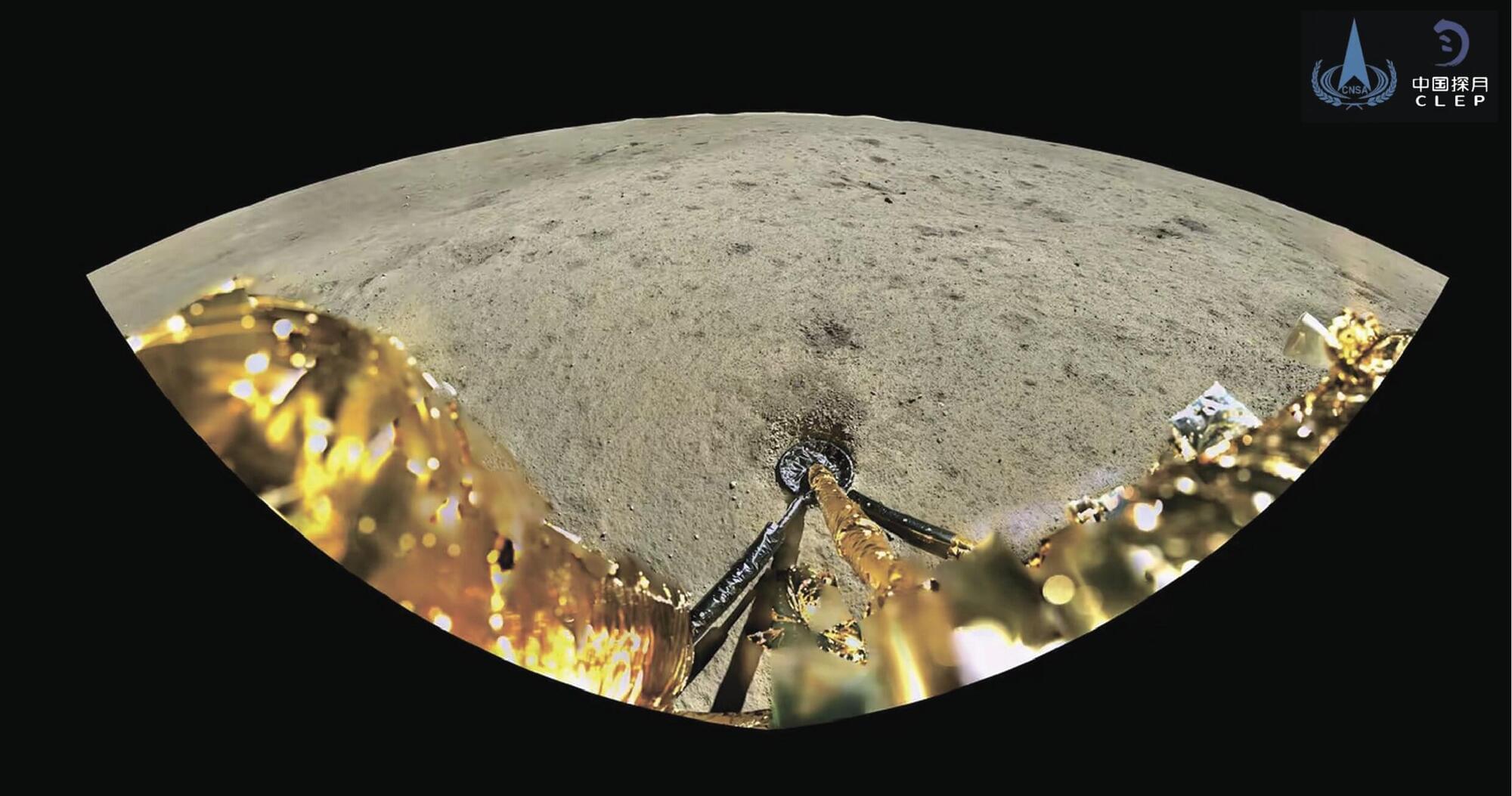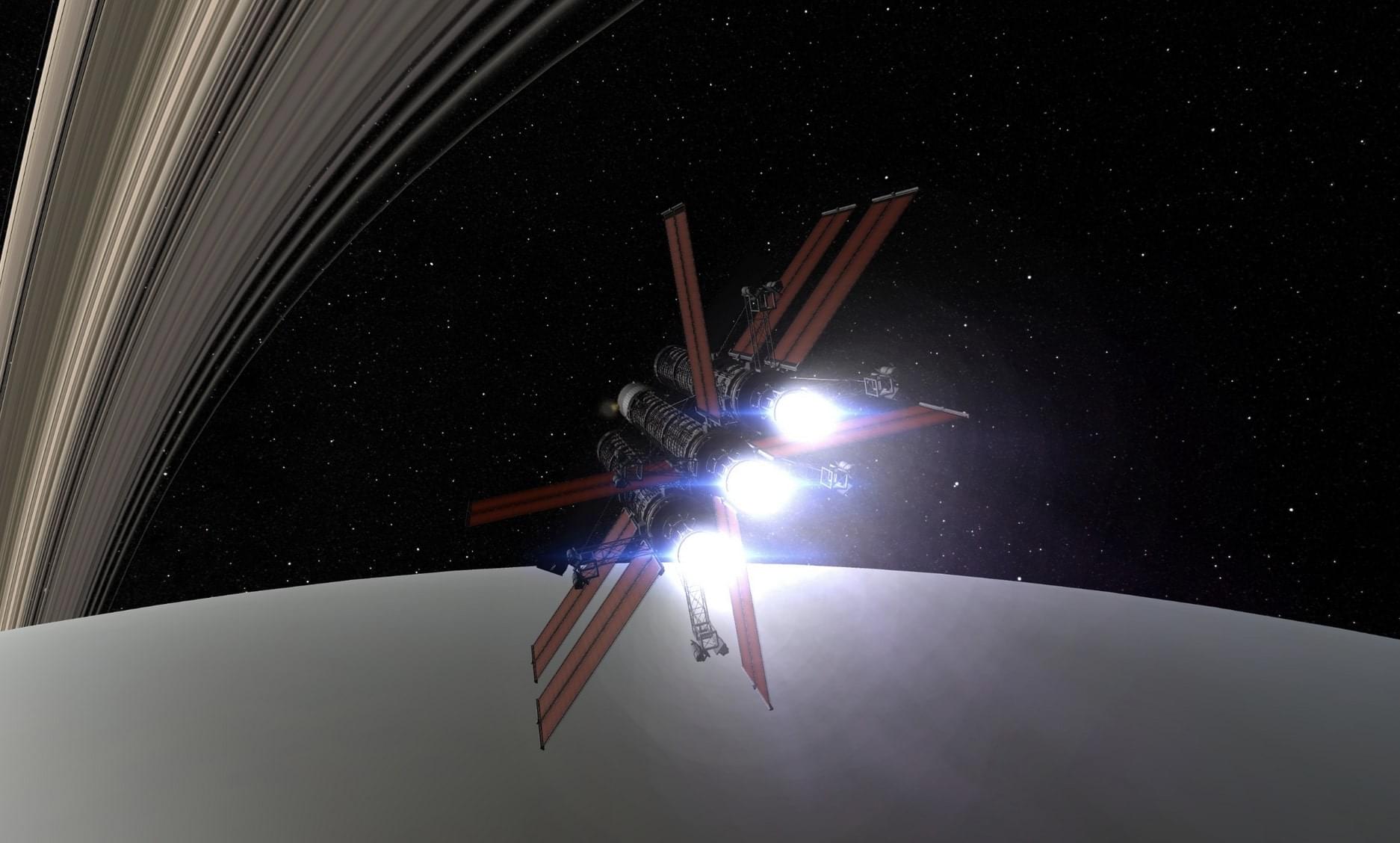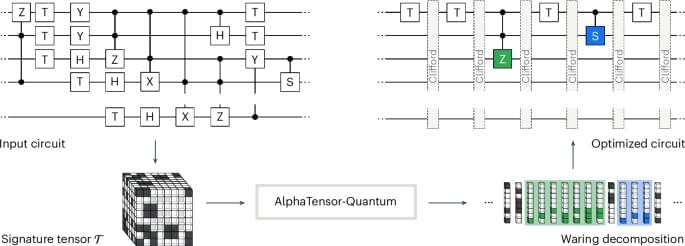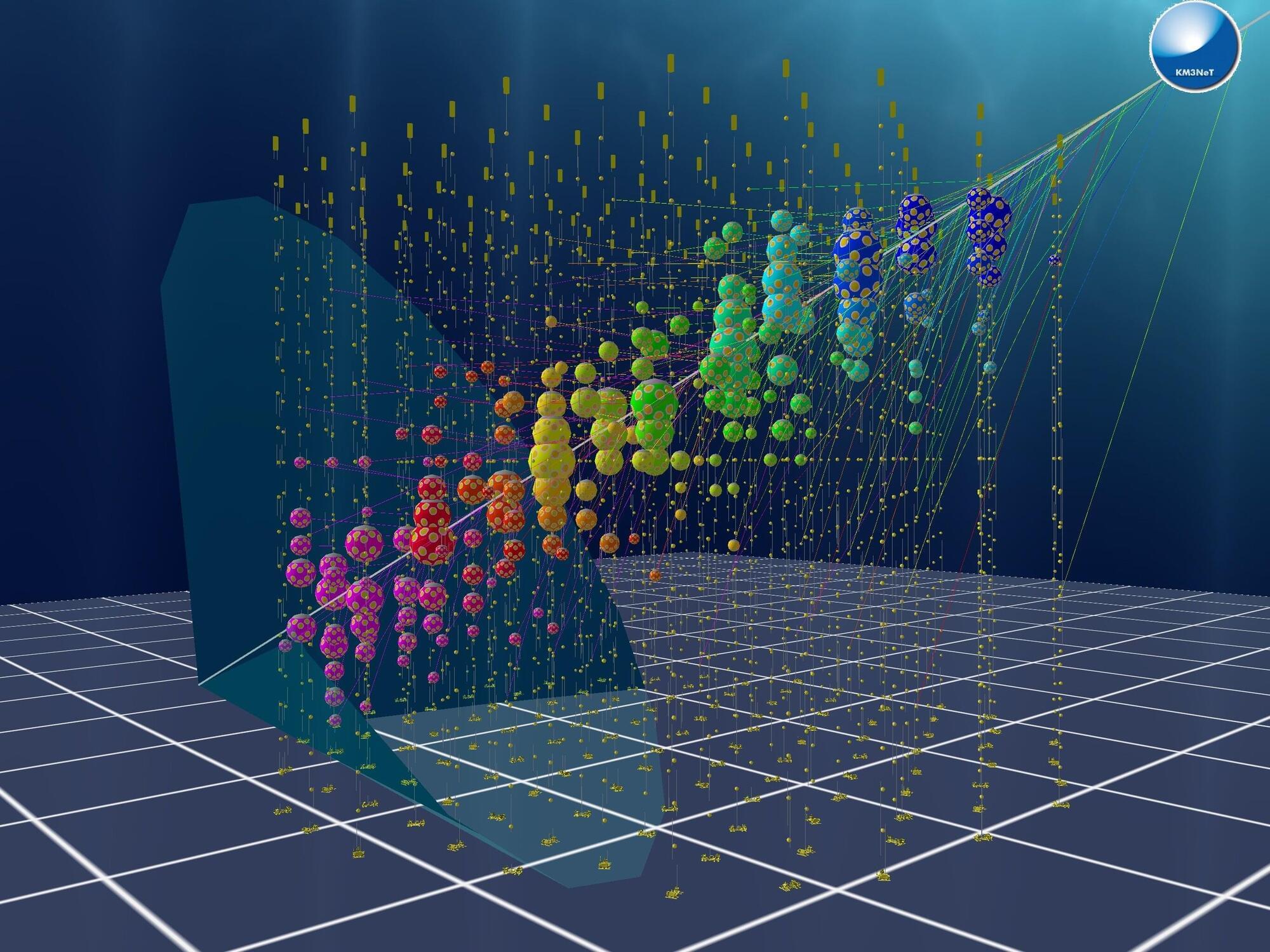I’m back, baby. I’ve been away traveling for podcasts and am excited to bring you new ones with Michael Levin, William Hahn, Robin Hanson, and Emily Riehl, coming up shortly. They’re already recorded. I’ve been recovering from a terrible flu but pushed through it to bring you today’s episode with Urs Schreiber. This one is quite mind-blowing. It’s quite hairy mathematics, something called higher category theory, and how using this math (which examines the structure of structure) allows one manner of finding \.
Category: space – Page 100

Lunar far side samples bolster theory that the moon was once covered in magma
A team of geologists at the Chinese Academy of Geological Sciences, the Institute of Space Sciences and the Shandong Institute of Geological Sciences, all in China, has found evidence in soil samples collected from the far side of the moon that bolsters a theory that the moon was once covered by an ocean of magma. In their study published in the journal Science, the group analyzed a moon soil sample returned to Earth by China’s Chang’e-6 mission.
In 2024, the China National Space Administration launched a spacecraft that carried a lander to the surface of the far side of the moon. The mission was the first to collect samples from the far side of the moon and return them to the Earth. For this new study, the research team obtained 2 grams of the soil for testing.
The researchers used multiple methods to determine its composition and then compared the results to those of analyses of soil samples from the near side of the moon.

Faster and Safer Version of Zubrins Nuclear Salt Water Rocket- Practical Interstellar Travel for Humans
AI gives a thumbs up to Brett Bellmore innovative modifications to Robert Zubrin’s Nuclear Salt Water Rocket (NSWR). Switching from water to polyethene and storing in sausage strings could enhance its performance and safety, particularly focusing on avoiding criticality during storage, minimizing parasitic mass, and addressing practical challenges like micrometeorite protection and fuel state.
Robert Zubrin’s Nuclear Salt Water Rocket (NSWR) design is a rocket that uses known physics and engineering. My previous analysis shows that the first working prototype might be made in space with a 10–20 year development program for 10–30 billion. There are versions that could reach 7–8% of light speed. The use of low grade uranium enrichment for a more near term version is the one that is often described. However, if weapons grade uranium (90% enrichment) is used then he exhaust would be at 1.575% of the speed of light. A 30,000 ton ice asteroid and 7,500 tons of uranium could propel a 300 ton payload including a crew to 7.62% of light speed.
One of key parts of the engineering is to use water to protect the nozzle from the intense heat of the system. A combination of the coatings and space between the pipes would prevent the solution from reaching critical mass until it was pumped into a reaction chamber. It would reach critical mass and it being expelled through a nozzle to generate thrust. The nozzle would be protected by running water.




Quantum circuit optimization with AlphaTensor
AlphaTensor–Quantum addresses three main challenges that go beyond the capabilities of AlphaTensor25 when applied to this problem. First, it optimizes the symmetric (rather than the standard) tensor rank; this is achieved by modifying the RL environment and actions to provide symmetric (Waring) decompositions of the tensor, which has the beneficial side effect of reducing the action search space. Second, AlphaTensor–Quantum scales up to large tensor sizes, which is a requirement as the size of the tensor corresponds directly to the number of qubits in the circuit to be optimized; this is achieved by a neural network architecture featuring symmetrization layers. Third, AlphaTensor–Quantum leverages domain knowledge that falls outside of the tensor decomposition framework; this is achieved by incorporating gadgets (constructions that can save T gates by using auxiliary ancilla qubits) through an efficient procedure embedded in the RL environment.
We demonstrate that AlphaTensor–Quantum is a powerful method for finding efficient quantum circuits. On a benchmark of arithmetic primitives, it outperforms all existing methods for T-count optimization, especially when allowed to leverage domain knowledge. For multiplication in finite fields, an operation with application in cryptography34, AlphaTensor–Quantum finds an efficient quantum algorithm with the same complexity as the classical Karatsuba method35. This is the most efficient quantum algorithm for multiplication on finite fields reported so far (naive translations of classical algorithms introduce overhead36,37 due to the reversible nature of quantum computations). We also optimize quantum primitives for other relevant problems, ranging from arithmetic computations used, for example, in Shor’s algorithm38, to Hamiltonian simulation in quantum chemistry, for example, iron–molybdenum cofactor (FeMoco) simulation39,40. AlphaTensor–Quantum recovers the best-known hand-designed solutions, demonstrating that it can effectively optimize circuits of interest in a fully automated way. We envision that this approach can accelerate discoveries in quantum computation as it saves the numerous hours of research invested in the design of optimized circuits.
AlphaTensor–Quantum can effectively exploit the domain knowledge (provided in the form of gadgets with state-of-the-art magic-state factories12), finding constructions with lower T-count. Because of its flexibility, AlphaTensor–Quantum can be readily extended in multiple ways, for example, by considering complexity metrics other than the T-count such as the cost of two-qubit Clifford gates or the qubit topology, by allowing circuit approximations, or by incorporating new domain knowledge. We expect that AlphaTensor–Quantum will become instrumental in automatic circuit optimization with new advancements in quantum computing.
Firefly’s Blue Ghost Captures the First-Ever HD Video of a Stunning Lunar Sunset
Firefly’s Blue Ghost Mission 1 set a new benchmark for commercial lunar exploration, lasting longer than any previous private mission and delivering 10 NASA instruments to the Moon. The mission achieved several firsts, including the deepest robotic thermal probe on another planetary body and the
Megastructures & Robots: Full Documentary
Which of these technologies excites you the most? CHAPTERS:00:00 20 Space Megastructures That Will Transform Our Future01:15:51 15 Robotics TechnologiesThat…

Mediterranean neutrino observatory sets new limits on quantum gravity
Quantum gravity is the missing link between general relativity and quantum mechanics, the yet-to-be-discovered key to a unified theory capable of explaining both the infinitely large and the infinitely small. The solution to this puzzle might lie in the humble neutrino, an elementary particle with no electric charge and almost invisible, as it rarely interacts with matter, passing through everything on our planet without consequences.
For this very reason, neutrinos are difficult to detect. However, in rare cases, a neutrino can interact, for example, with water molecules at the bottom of the sea. The particles emitted in this interaction produce a “blue glow” known as Čerenkov radiation, detectable by instruments such as KM3NeT.
The KM3NeT (Kilometer Cube Neutrino Telescope) is a large underwater observatory designed to detect neutrinos through their interactions in water. It is divided into two detectors, one of which, ORCA (Oscillation Research with Cosmics in the Abyss), was used for this research. It is located off the coast of Toulon, France, at a depth of approximately 2,450 meters.